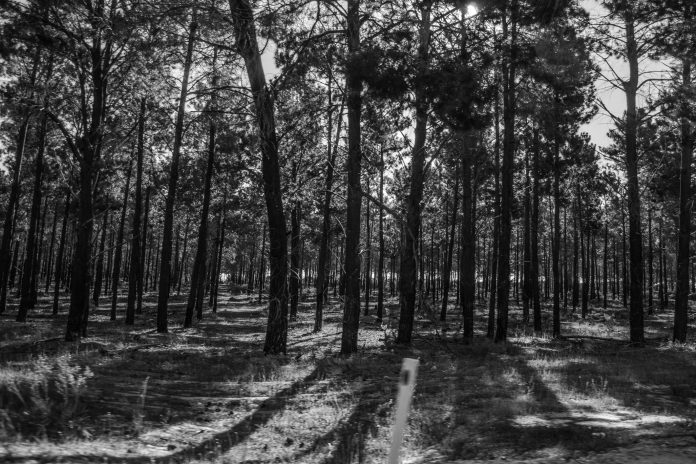
Philip Hopkins
The state government’s plan to close Victoria’s native forest industry and replace it with
plantations would cost more than $1 billion over 30 years, according to a Latrobe Valley forestry expert.
Traralgon consultant John Cameron said replacing the one million cubic metres now supplied from native forest required an area of 70,000-140,000 gross hectares and an investment of $1b-$1.5b in land and plantation costs over 30 years.
He was commenting on the state government’s ‘Forestry Plan’ that aims to close the native
forest industry, much of it in Gippsland, by 2030. VicForests will begin cutting back on supply after 2024.
Mr Cameron has a Diploma of Horticulture and an MBA, is a former chairman of Private Forestry Gippsland, and has been involved in tree breeding, forest genetics and the CRC for Forestry and CRC for Pulp and Paper Science Monash.
He has worked in forestry for 50 years and has studied plantation development in 15 countries, including assessing the potential of about 1000 properties in Gippsland for pine and eucalypt development.
Mr Cameron said apart from the long 30-year lead time and high costs, land was scarce and investment returns were relatively low.
“In Victoria and particularly Gippsland, plantation area and future plantation supply are declining,” he said.
Plantations had been burnt by fire, he said, while “the area and log supply from softwood plantations has plateaued and may decline”.
Also, there was potential for an adverse impact of more plantations on stressed water catchments.
Mr Cameron said small holdings and high land costs in Gippsland made it very difficult to acquire land for new plantations, particularly for eucalypts with their high site requirements, such as deep soil and high rainfall.
It was a challenge to secure enough land to establish a log supply large enough to support a mill of sufficient scale.
It was also difficult to justify the huge investment in new reconfigured mills to handle the poorer size and quality of plantation-grown logs.
“Plantation hardwood or softwood timber is no substitute for timber harvested from native forests and is inferior for sawn timber,” he said.
“Native forest timber is a far more ecologically sustainable building material than plantation timber, which requires intensive cultivation, weed control, fertiliser and silvicultural inputs.”
Mr Cameron said in Australia, there were more failed or sub-economic eucalypt plantations than successful ones. The managed investment schemes (MIS) charged huge fees and leveraged off favourable tax advantages and still failed.
The huge investment required to replace native forest investment was unlikely to be completed.
“The ‘Forestry Plan’ will result in the use of more imports with high ‘timber miles’ or less sustainable building materials and further adverse socio-economic impacts for Victorian ‘timber towns’,” he said.
Once native forest supply is reduced from 2024, Opal Australian Paper in the Latrobe Valley will have fewer hardwood woodchips available for copy paper production, and none after 2030.
Native forest woodchips supply about one third of AP’s timber needs, but so far the government has only planted 250 ha of blue gums to replace native forest.
Nathan Trushell told a recent seminar that there were six potential investors are interested in the state government’s $110 million program to invest in new plantations in the Latrobe Valley.
Mr Trushell, Executive Director, Forest and Fibre in the Department of Jobs, Precincts and Regions, said Opal Australian Paper had recently bought a packaging business for $1.7 billion and had a strong focus on growing its package business.
Globally, white paper was in decline, and had been hit by the COVID virus. In the strategic long-term, Opal would be more focused on packaging business.
“This is partly why we are working through the program to get the right species – it will be pine focused,” he said.
Mr Trushell said the state government’s long-term forestry plan had committed funding until 2032. Apart from the $110 million, there was a $120 million support package for workers, businesses and local communities.










